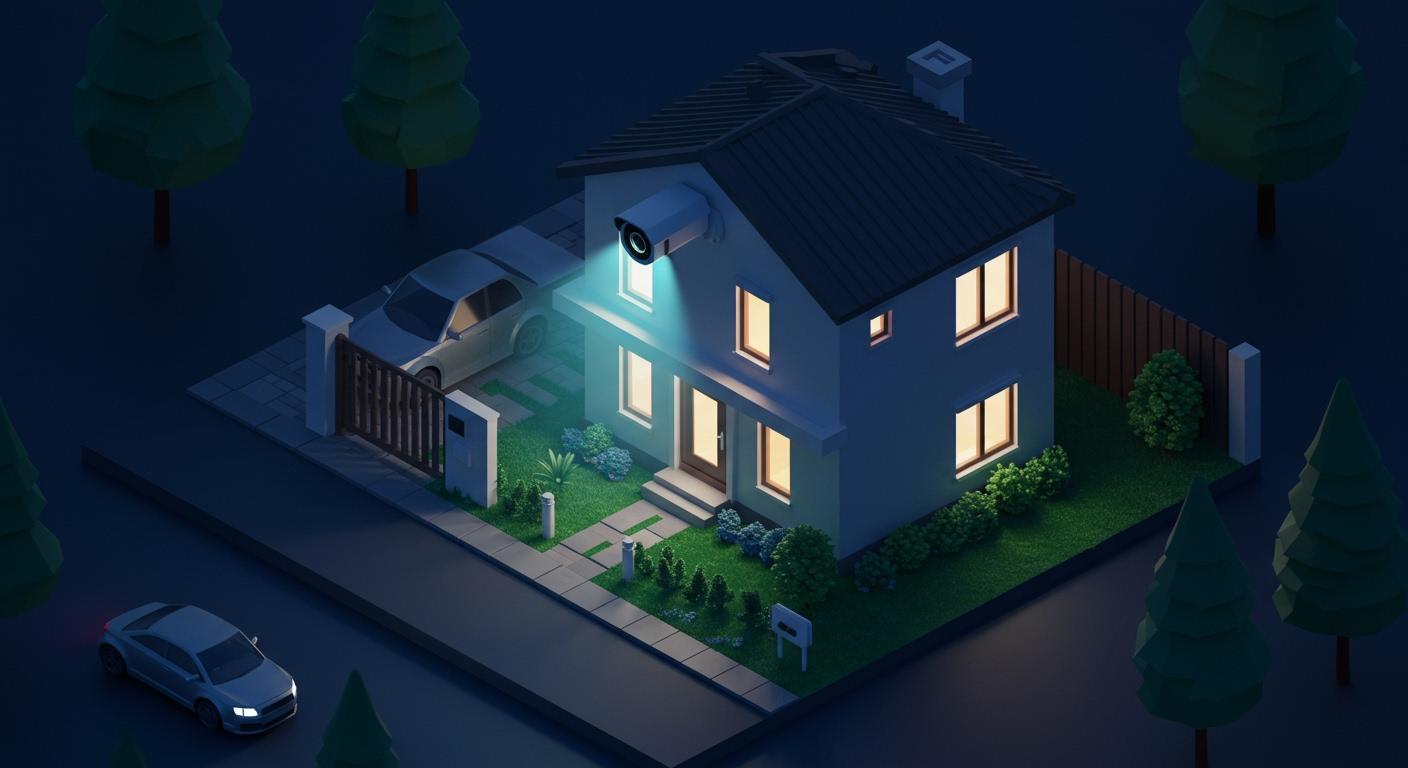
You want to feel safe at home tonight, right? The best security cameras for outdoor spaces are the ones that match your needs, property size, and budget. Every home is different. You might have a big yard, tricky corners, or live where storms hit hard. Think about what matters most to you—clear video, smart alerts, or easy setup. > Ready to choose an outdoor security camera? You’ll find options that use the latest AI tech and give you peace of mind.
Key Takeaways
- Look at your property and see where cameras should go. Pay attention to doors, driveways, and hidden places to make things safer.
- Pick outdoor security cameras that can handle bad weather and see at night. Find ones with IP66 or IP67 ratings so they work well in any weather.
- Get cameras with smart tools like motion detection and phone alerts. These tools help you know what is happening and act fast if needed.
- Think about how clear the video is and how much the camera can see. Cameras with 4K give sharper pictures, and wide lenses let you see more space.
- Plan where to put your cameras. Put them up high so you can see better, and make sure trees or walls do not block them.
Identify Your Needs
Property Layout
Look at your property before you choose cameras. Every home is not the same. Maybe you have a shed with tools. You might have a busy driveway. Some homes have a side yard that is hard to see. Think about where people could come in. Did you know 34% of burglars use the front door? About 23% go through a first-floor window. Around 22% pick the back door. You should cover these places first.
Here’s a simple table to help you pick camera spots:
| Property Area | What to Watch For |
|---|---|
| Front Door / Entrance | Wide angle lens helps you see visitors and packages |
| Parking Lot | Pan-tilt-zoom lets you see big areas and close-ups |
| Back Door | Watch less visible entry points |
| Side and Windows | Look for blind spots and easy access windows |
| Other Paths | Remember gates, alleys, or hidden walkways |
Coverage Areas
Your cameras should cover every important place. Walk around your home and look for hiding spots. Make a list of all doors, windows, and paths. If you have a big yard or garage, you may need more cameras. Try not to put cameras where trees or walls block the view. The number of cameras depends on your home size and shape. Covering all angles helps you feel safe and keeps your home protected.
Weather and Lighting
Outdoor cameras deal with all kinds of weather. Rain, snow, and wind can mess up the view. Extreme heat or cold can hurt the camera or drain its battery. Fog and humidity can blur the lens. Here’s a table to show how weather affects cameras and what you can do:
| Weather Condition | Problem | Solution |
|---|---|---|
| Rain and Moisture | Blurry images, water damage | Use waterproof cameras (IP66/IP67) |
| Extreme Temperatures | Overheating or battery issues | Pick cameras with wide temp range |
| Snow and Ice | Blocked lens, glare | Place under eaves, use anti-fog features |
| Wind and Storms | Shaky footage, lens damage | Mount securely, use surge protectors |
| Fog and Humidity | Lens fogging, poor visibility | Choose anti-fog cameras |
Pick cameras that work well in your local weather. Look for night vision and strong weatherproof ratings. This helps your cameras work in rain or shine.
Key Features of Outdoor Security Cameras
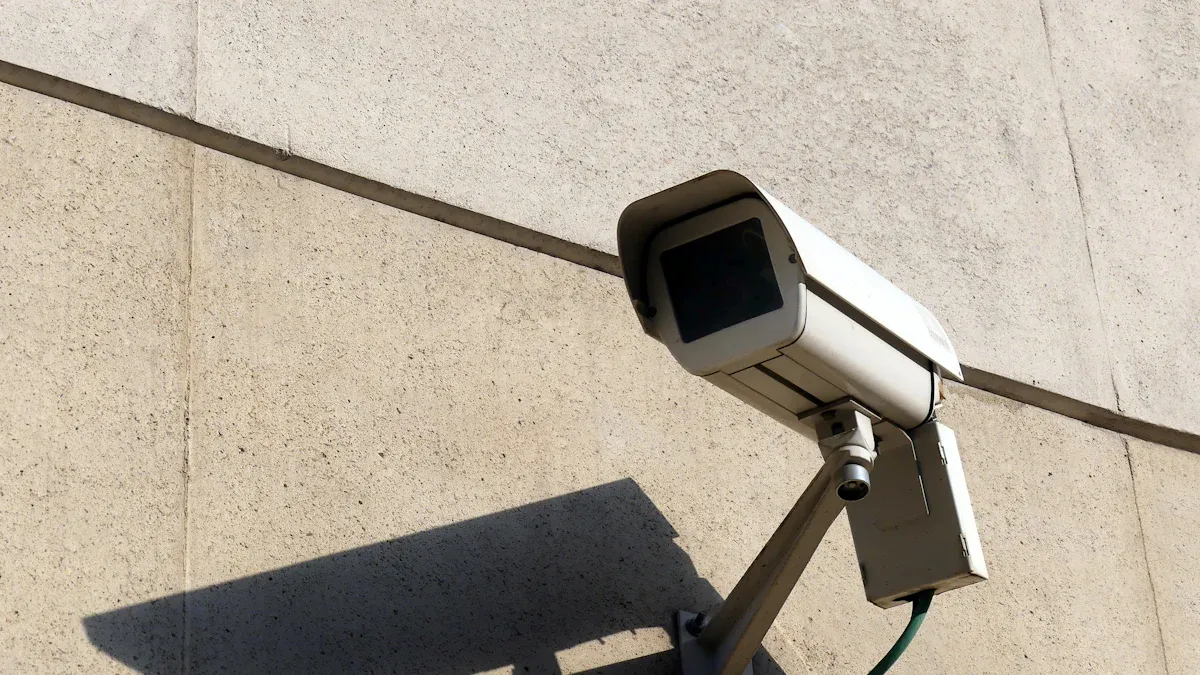
Video Quality
You need clear video from your outdoor security cameras. Good video helps you see faces and license plates. Most outdoor security cameras have HD video. Some cameras have even better quality. Here is a table with common resolutions:
| Resolution | Description |
|---|---|
| 720p | Good for simple watching, but far away things look blurry. |
| 1080p | Most people use this. It gives clear pictures. |
| 1440p/QHD | Very sharp and detailed. Great for outdoor security cameras. |
| 4K | Best for seeing small things like faces or license plates. |
If you want the best, pick outdoor security cameras with 4K. You will see everything, even at night.
Night Vision
Outdoor security cameras must work at night. Night vision lets you see after dark. There are a few kinds:
| Night Vision Method | Description |
|---|---|
| Color night vision | Shows color pictures with little light. You see more details. |
| Infrared night vision | Uses invisible light. You get black and white pictures, even in total darkness. |
| Floodlights | Lights turn on when something moves. This can scare away intruders. |
If you want to see more, get outdoor security cameras with color night vision.
Motion Detection
Motion detection helps outdoor security cameras notice movement. You get alerts right away. There are two main types:
| Type of Motion Detection | Description | Effectiveness |
|---|---|---|
| Passive Infrared (PIR) | Senses heat from people or animals. Saves battery. | Reliable and saves power. |
| Computer Vision (CV) | Watches for changes in the picture. Can spot people or cars. | Smart and accurate. |
Smart motion detection means fewer false alarms. You only get alerts when it matters.
Field of View
Field of view shows how much area your outdoor security cameras can see. Wide-angle cameras see more space. Here is a table:
| Camera Type | Field of View (FoV) Range |
|---|---|
| Wide-Angle | 60 to 110 degrees |
| Standard Angle | 25 to 60 degrees |
| Telephoto | 10 to 25 degrees |
| Super-Telephoto | 1 to 10 degrees |
Pick outdoor security cameras with a wide field of view for big yards.
Weatherproofing
Outdoor security cameras face rain, dust, and snow. You need cameras that can handle tough weather. Look for these ratings:
- IP65: Keeps out dust. Handles light rain.
- IP66: Blocks dust. Stands up to heavy rain.
- IP67: Survives dust and can be dunked in water.
Pick outdoor security cameras with IP66 or IP67 for strong weather.
Power and Battery
You want outdoor security cameras that always work. Some use wires. Some use batteries. Some use solar power. Battery cameras are easy to put up. Wired cameras never lose power. Solar panels keep batteries full. Pick what fits your home best.
Storage Options
Outdoor security cameras save video in two ways. Cloud storage keeps video online. You can watch it anywhere. Local storage saves video at home. Cloud storage is easy but may cost money each month. Local storage has no fees but can be stolen. Pick outdoor security cameras with the storage you like.
Smart Compatibility
Smart homes make things easier. Many outdoor security cameras work with Alexa or Google Home. You can check your cameras with your voice or phone. Pick outdoor security cameras that work with your smart home.
Mobile Alerts
You want to know what happens right away. Outdoor security cameras send alerts to your phone when they see motion. You can watch live video and decide what to do. Fast alerts help you stay safe.
Best Outdoor Security Cameras: Top Picks

Picking outdoor security cameras can be hard. You want your home safe. Every house is different. Let’s look at top choices. You can find cameras that fit your needs tonight.
Best Overall
For all-around protection, pick cameras with good features and price. You need clear video. Smart alerts help you know what happens. Setup should be easy. Here’s a table showing what matters:
| Criteria | Why It Matters |
|---|---|
| Storage | Lets you save footage locally or in the cloud |
| Smart Platform Integrations | Works with Alexa, Google, or Apple |
| Artificial Intelligence | Detects people, cars, and faces |
| Convenience | Easy to install, even for beginners |
| Value | Good price for the features |
| Mobile Application | Simple app for live viewing and alerts |
| Power Source | Choose plug-in, battery, or solar |
| Continuous Video Recording | Records all the time or only on motion |
| Resolution | 1080p is common, but 4K is best for details |
| Recording Cost | Some cameras have monthly fees, others don’t |
| Two-Way Voice | Lets you talk to visitors |
| Design | Durable and fits your home’s style |
Pick a camera that checks most boxes. The best outdoor security cameras give you peace of mind. You get easy control.
Best Budget
You do not need to spend much for good cameras. Budget models give clear video and basic features. Here’s a table with popular options and prices:
| Camera Model | Price |
|---|---|
| Zmodo Wireless Smart | $29.99 |
| Zmodo Mini Pro | $39.99 |
| Zmodo 1080p Indoor & Outdoor | $39.99 |
| Zmodo Torch 360 | $80.99 |
| SCI 5MP Bullet Camera | $74.99 |
| SCI 2K Active Deterrence | $79.99 |
| SCI 4K Bullet Camera | $99.99 |
| SCI 4K Active Deterrence | $134.99 |
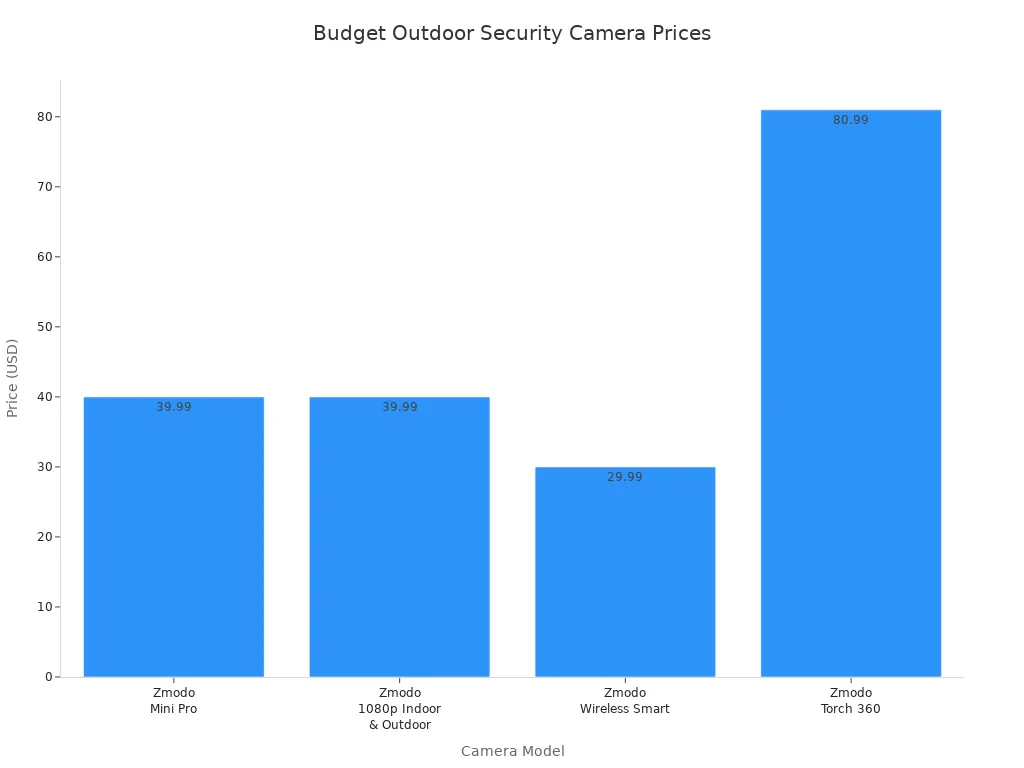
You can start with Zmodo Wireless Smart for less than $30. These cameras work well for small spaces. You get motion alerts and night vision, even at a low price.
Best for Smart Homes
Smart homes need cameras that connect to your devices. You want to use your voice or phone to control them. Here’s a table with top brands and smart features:
| Camera Brand | Connectivity | Power | Field of View | Resolution | Smart Platform Compatibility |
|---|---|---|---|---|---|
| SimpliSafe | Wi-Fi | Battery | Up to 140° | Up to 1536p | Alexa and Google Home |
| ADT | Wi-Fi | Wired/Battery | Up to 135º | 1080p | Alexa and Google Home |
| Lorex | Wi-Fi/Ethernet/PoE | Wired/Battery/PoE | Up to 180° | Up to 4K | Alexa and Google Home |
| Google Nest | Wi-Fi | Wired/Battery | Up to 130° | 1080p | Alexa and Google Home |
You can link these cameras to your smart home system. You get alerts, voice control, and easy access from anywhere.
Best for Large Areas
Big yards need cameras with wide coverage. You want a wide field of view and smart detection. Night vision helps you see in the dark. Here’s what to look for:
| Feature | Why It Helps |
|---|---|
| Advanced AI | Spots threats, ignores pets |
| Wide field of view | Covers more space, up to 140º or more |
| Night vision | Sees clearly in the dark |
| Proactive crime deterrence | Sirens and spotlights scare off intruders |
| Weather-resistant | Handles rain, snow, and dust (IP65 or higher) |
| Custom activity zones | Focuses on important areas |
| 1080p HD video capture | Sharp images for big spaces |
| Instant motion alerts | Tells you right away if something moves |
| Two-way audio | Lets you talk to visitors |
| Rechargeable battery | Keeps cameras running without frequent changes |
The best outdoor security cameras for large areas help you watch every corner. You get coverage day and night.
Best Wireless Option
Wireless cameras are easy to install. You do not need wires or holes. Here’s a table with pros and cons:
| Advantages | Limitations |
|---|---|
| Enhanced security | Stability issues compared to wired |
| Cost-effective | May not match wired video quality |
| Flexible placement | Reliability concerns in some places |
You can put wireless cameras anywhere you want. You get quick setup and flexibility. Wireless models are good for renters or anyone who wants a simple solution.
Botslab Advanced AI Tech 4K Battery 4-Cam System W510
Want cameras with advanced features? The Botslab Advanced AI Tech 4K Battery 4-Cam System W510 stands out. You get 4K Ultra HD video. Every detail is sharp. Smart AI detection tells you if a person, vehicle, or pet is there. You can search footage fast and get alerts.
No monthly fees needed. Botslab W510 gives local storage up to 16TB. Your videos stay safe at home. Color night vision shows clear images in low light. You can track events across cameras with H200 Home Hub. The system uses solar power and a big battery. You never lose coverage.
Here’s how Botslab W510 compares to other cameras:
| Feature | Botslab W510 | Other Top Cameras |
|---|---|---|
| Resolution | 4K Ultra HD | High resolution |
| AI Detection | Advanced AI (people, vehicles, pets) | Good AI, may need subscription |
| Storage | Local, no monthly fees | Often cloud, monthly fees |
| Night Vision | Color night vision | Infrared or color |
| Power | Solar + battery | Wired or battery |
Tip: You can install Botslab W510 yourself. Wireless setup and solar power make it easy. You get four cameras for full coverage. You manage everything from the Botslab app.
Botslab W510 gives smart security, clear video, and flexible power. You get peace of mind and save money. If you want the best outdoor security cameras, this system is a great choice.
Choosing the Right Outdoor Security Camera
Decision Checklist
You want to find the best outdoor security cameras for your house. Here is an easy checklist to help you pick:
- Look at your home and see which spots need cameras. Think about your front door, back door, driveway, and side yard.
- Choose a camera that works for each area. Some places need night vision or weather-resistant models.
- Decide how much space you want the camera to see. Wide-angle lenses are good for big yards.
- Check how the camera gets power. Do you want wired, wireless, or solar-powered outdoor security cameras?
- Pick the best spot to mount the camera. Make sure sunlight does not cause glare and nothing blocks the view.
Tip: Walk around your house during the day and at night. You will notice places that need more protection.
Mistakes to Avoid
People sometimes make mistakes when picking outdoor security cameras. Here is a table showing what to watch out for:
| Mistake Description |
|---|
| Using indoor cameras outside because they are not weather-resistant. |
| Not planning how you will save and watch your footage. |
| Picking cameras without smart detection features. |
| Thinking all cameras work with every system. |
| Trusting brands without checking their security. |
| Not matching camera type to your home and skills. |
You can skip these problems by checking each feature before buying. Always read reviews and choose trusted brands.
Comparison Table
Let’s look at the most important features of outdoor security cameras. This table helps you see what matters:
| Feature | Description |
|---|---|
| Resolution | Clear pictures help you see faces and license plates. Look for at least 1080p. |
| Field of View | Wide coverage means you need fewer cameras for big spaces. |
| Night Vision | Good night vision lets you see clearly after dark. |
| Motion Detection | Smart alerts save storage and keep you informed about movement. |
| Weather Resistance | Outdoor security cameras must handle rain, wind, and dust. |
| Audio Features | Two-way audio lets you talk to visitors or warn intruders. |
Note: If you want the best outdoor security camera, check every feature and match it to your needs. You will feel safer and get more for your money.
Installation and Maintenance
DIY vs. Professional
You might not know if you should install cameras yourself or hire someone. Both ways have good points. If you like doing things yourself, DIY saves money. You can set up cameras when you want. You just need simple tools and easy guides. But you might miss some spots or not cover enough area.
Getting a pro to install cameras can help you feel safe. Experts look at your yard and pick the best places for each camera. They use strong tools and make sure all cameras work together. If something breaks, you get help fast. Here’s a table to compare:
| Aspect | DIY Installation | Professional Installation |
|---|---|---|
| Support | Online forums, email help | Local technician, quick response |
| Placement Quality | May miss blind spots | Full site check, best coverage |
| Equipment | Consumer-grade | Commercial-grade, more durable |
| Remote Access | Basic, single user | Secure, multi-user, custom controls |
Placement Tips
You want your cameras to see everything important. Start by putting cameras near doors and windows. These are busy places. Don’t forget dark corners or places where people can hide. Put cameras high up for a wide view and to keep them safe.
Here are some tips:
- Put cameras in busy spots and near doors.
- Watch for blind spots and hidden corners.
- Place cameras high for better views and safety.
- Make sure there is enough light for clear video.
- Angle cameras to see as much as you can.
Tip: Walk around your yard at different times. You will find places that need more cameras.
Maintenance
It is easy to keep your cameras working well if you check them often. Clean the lenses every month so dust and water do not block your view. Look at the camera case for cracks or leaks. Check wires and connections to make sure nothing is loose. Test the power and change weak adapters.
Here’s a table to help you remember:
| Maintenance Task | Description |
|---|---|
| Clean Camera Lenses | Wipe monthly for clear video |
| Check Camera Housing | Look for damage, keep weatherproof |
| Inspect Cables | Fix loose or broken wires |
| Test Power Supply | Make sure power is steady |
| Verify Recording | Check playback and storage weekly |
| Check Positioning | Adjust cameras to cover the right spots |
| Optimize Lighting | Replace bulbs for better night footage |
| Update Software | Install updates for better security |
| Professional Service | Get expert help once a year |
Use a soft cloth and gentle cleaner for the lens. Turn off the camera before you clean it. Use air to blow away dust. Always check if anything blocks the view. Test all parts after you finish. If you live where weather is bad, think about extra covers or a yearly check from a pro.
You now know how to pick the best outdoor security camera for your home. Take action tonight and boost your safety. When you choose the right camera, you get more than just video.
- Cameras help stop crime before it happens.
- You can check your home from anywhere.
- Footage helps with police and insurance if something goes wrong.
-
Reliable cameras work in any weather and keep your property safe.
Review the checklist and top picks, like Botslab, before you buy. Peace of mind starts with the right choice.
FAQ
What is the best spot to install my outdoor security camera?
You want to place your camera near doors, driveways, or gates. High spots work best. Make sure nothing blocks the view. Try to cover areas where people might enter your property.
Do outdoor security cameras work at night?
Yes, most outdoor cameras have night vision. Some show color images in low light. You can see faces and details even after dark. Look for cameras with strong night vision features.
Will my camera still work in bad weather?
You can trust outdoor cameras with IP66 or IP67 ratings. These cameras handle rain, snow, and dust. Always check the weatherproof rating before you buy.
Do I need to pay monthly fees for storage?
Some cameras need monthly fees for cloud storage. Others, like Botslab W510, offer local storage with no extra cost. You can choose what fits your budget.



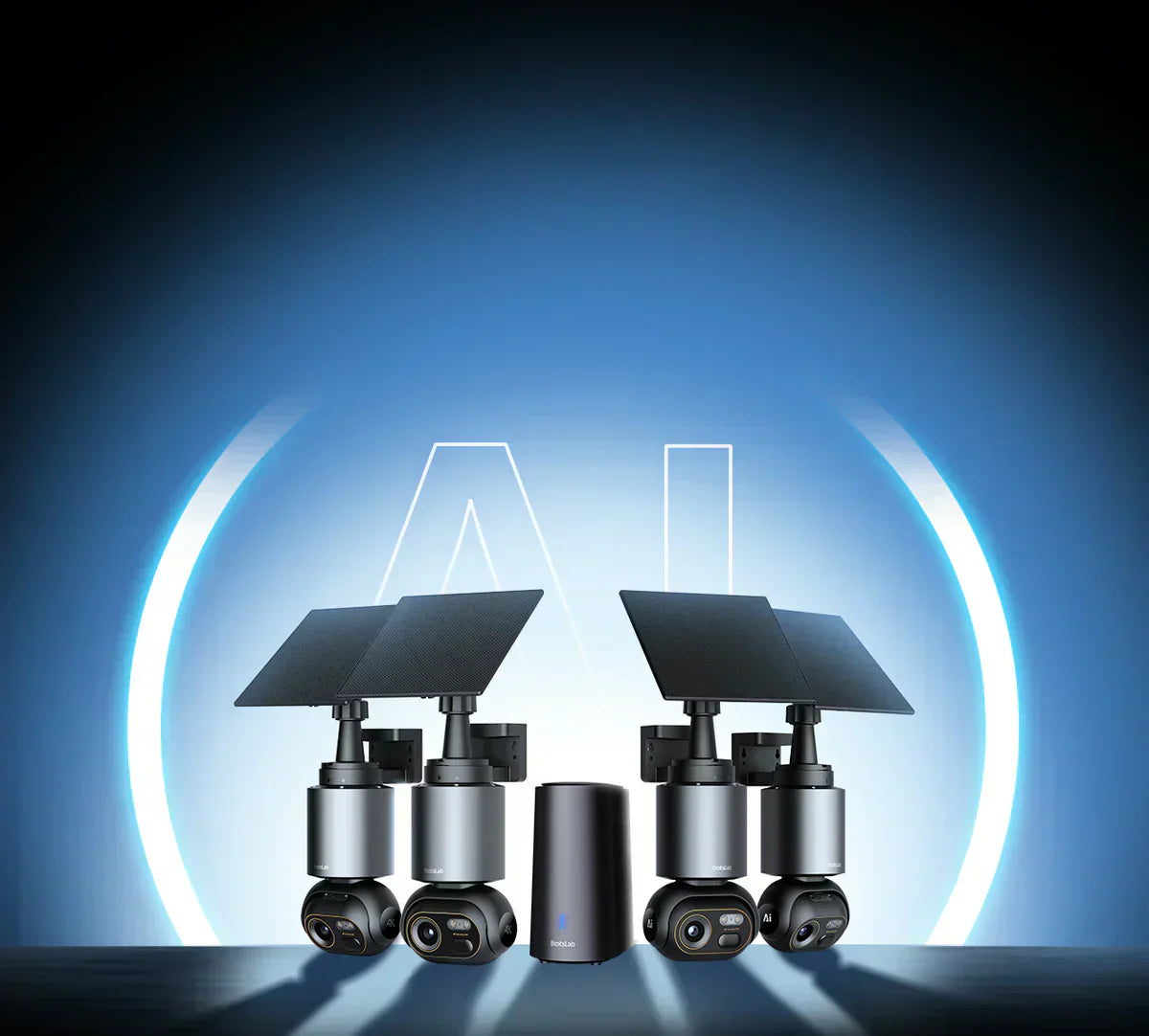
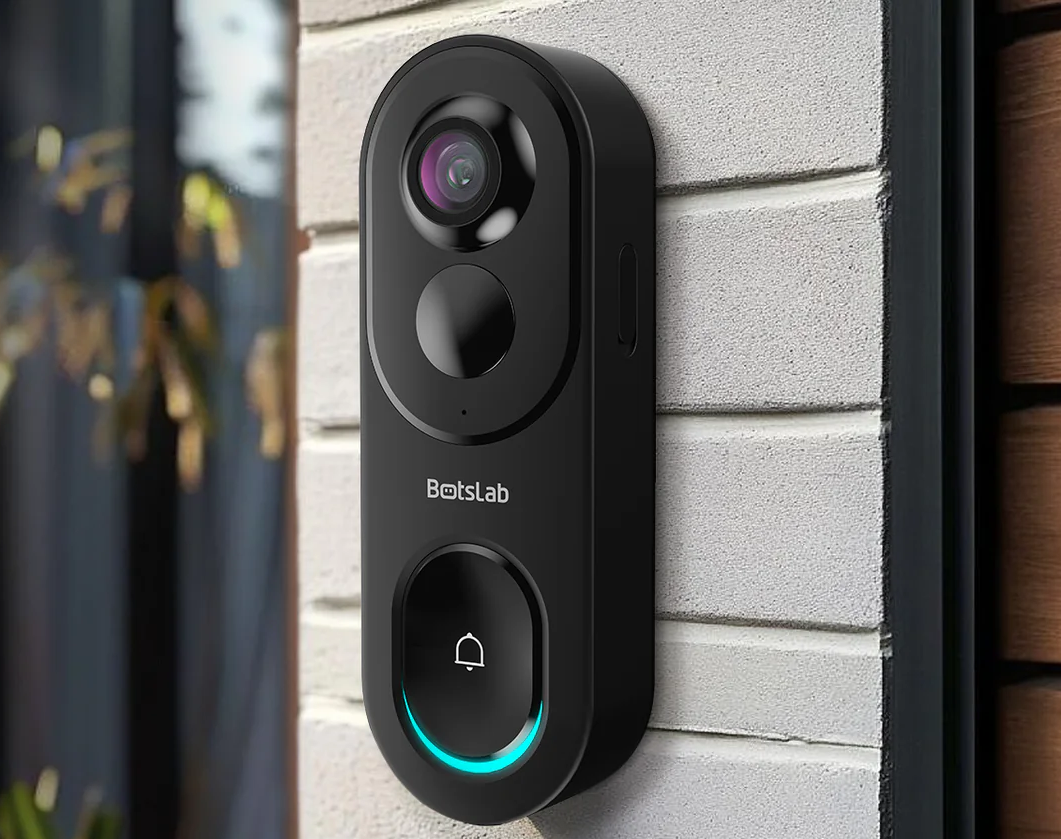
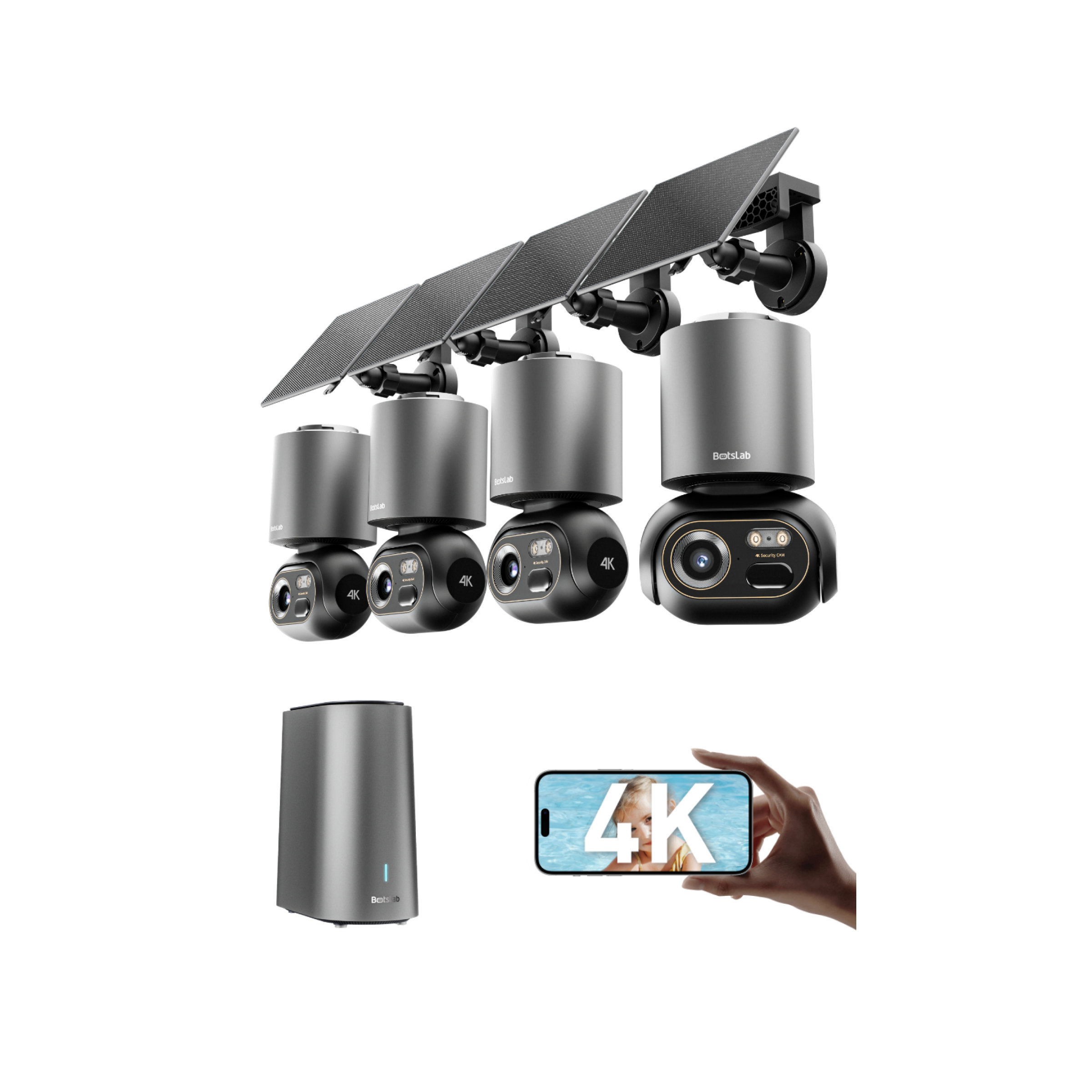
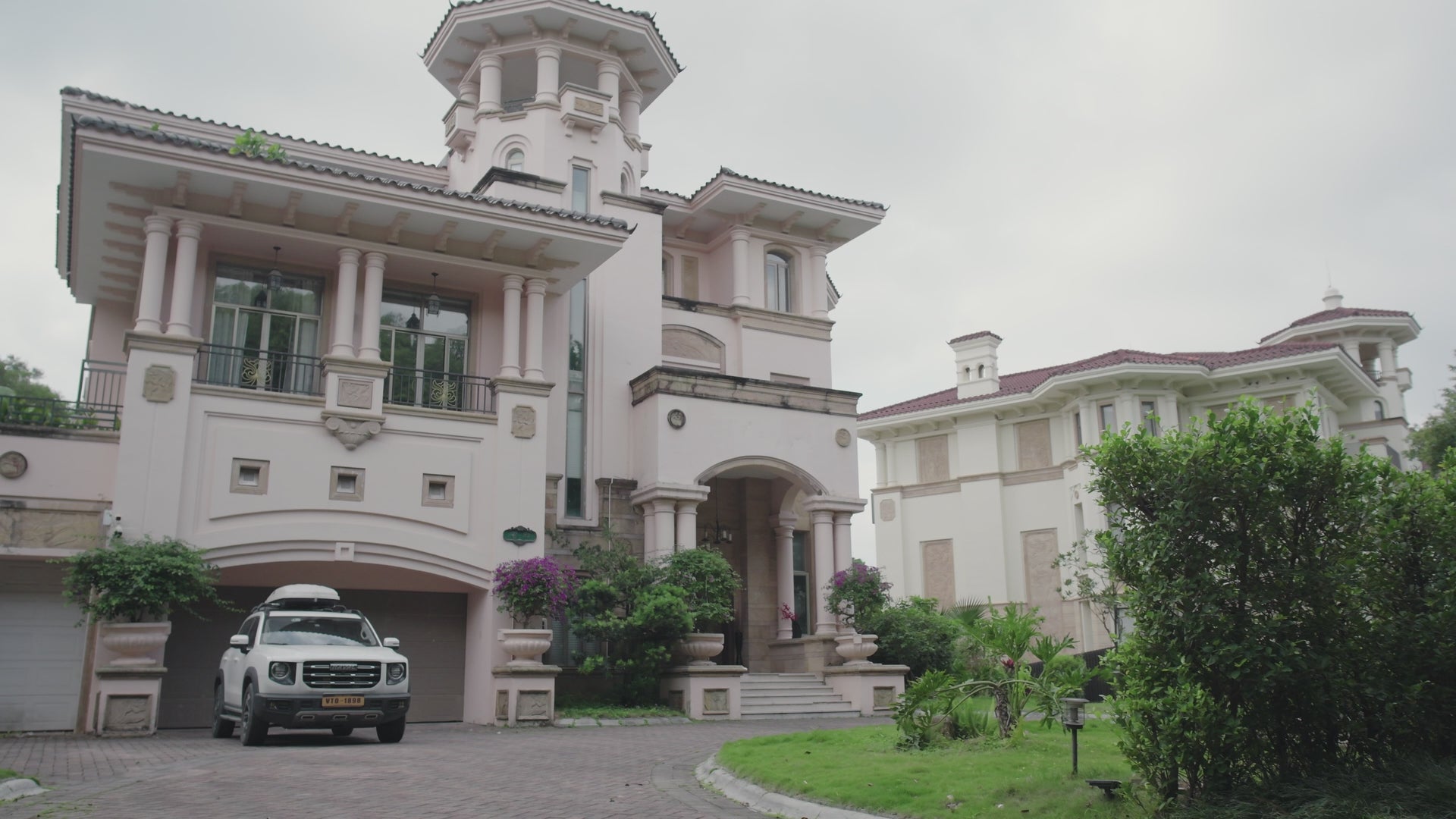
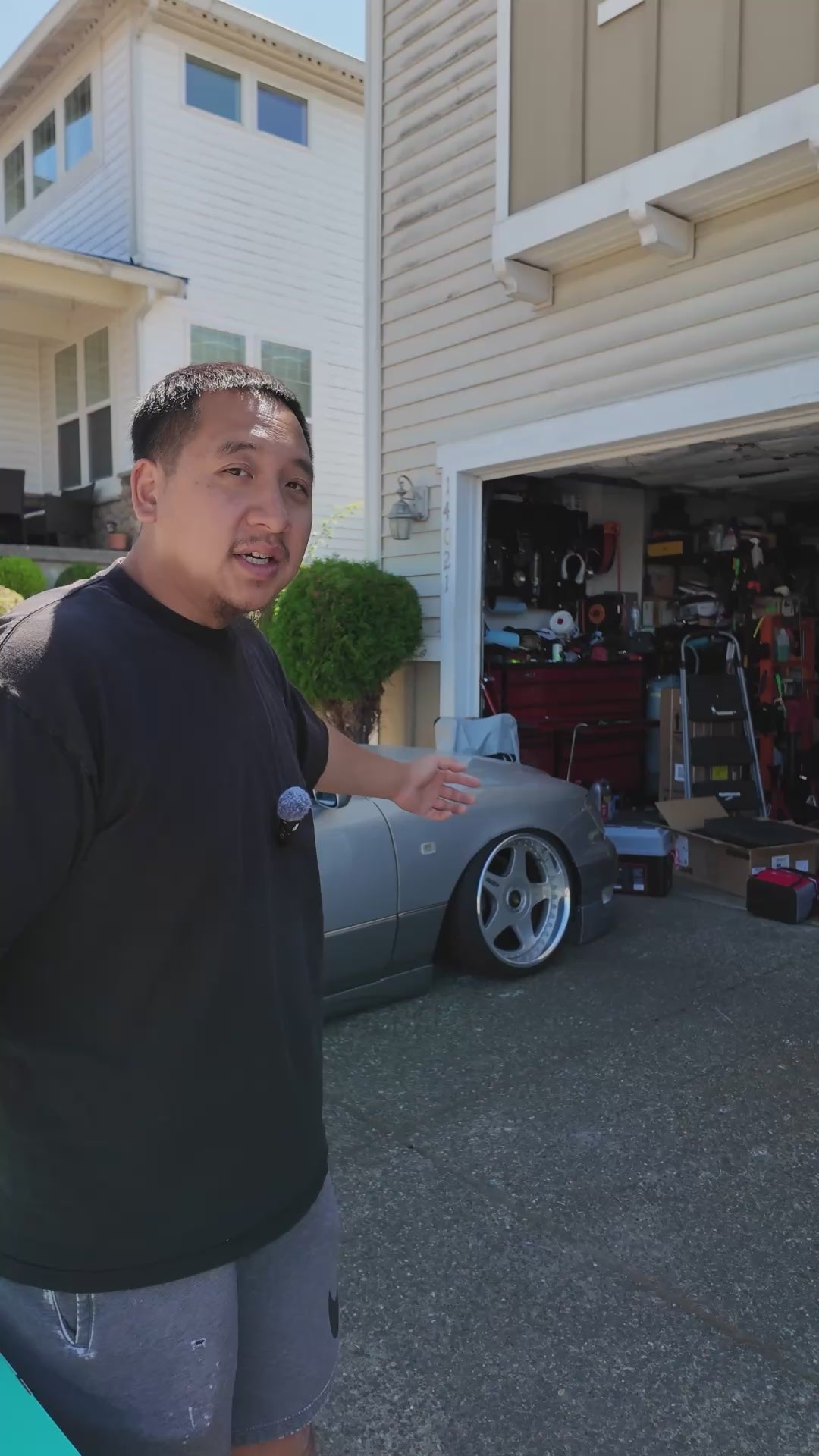
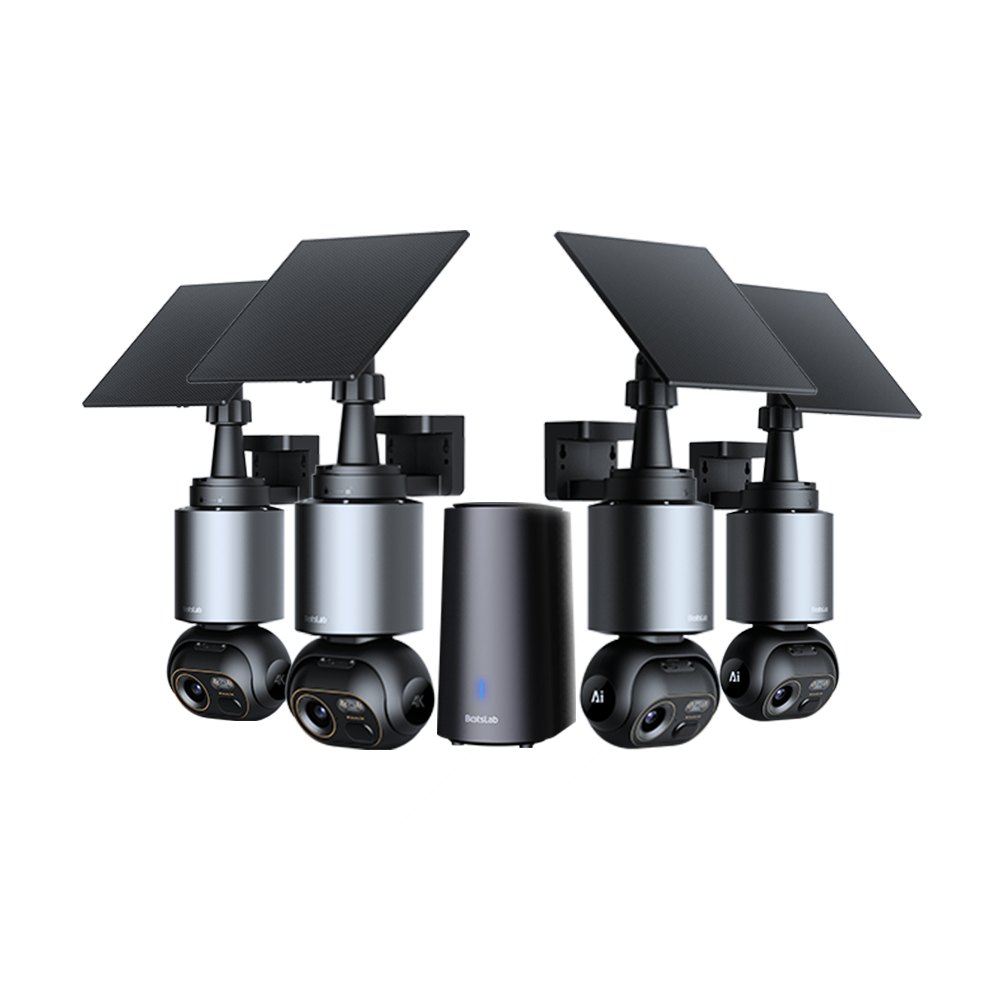


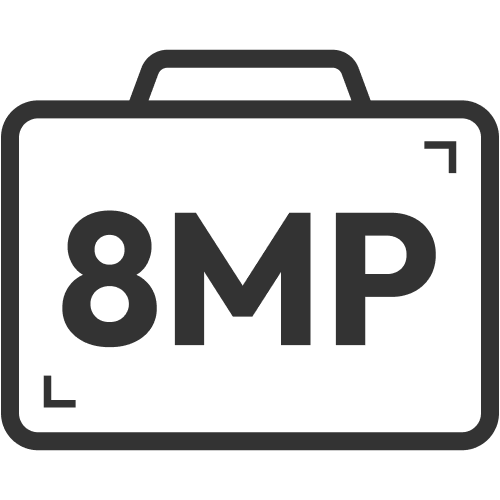

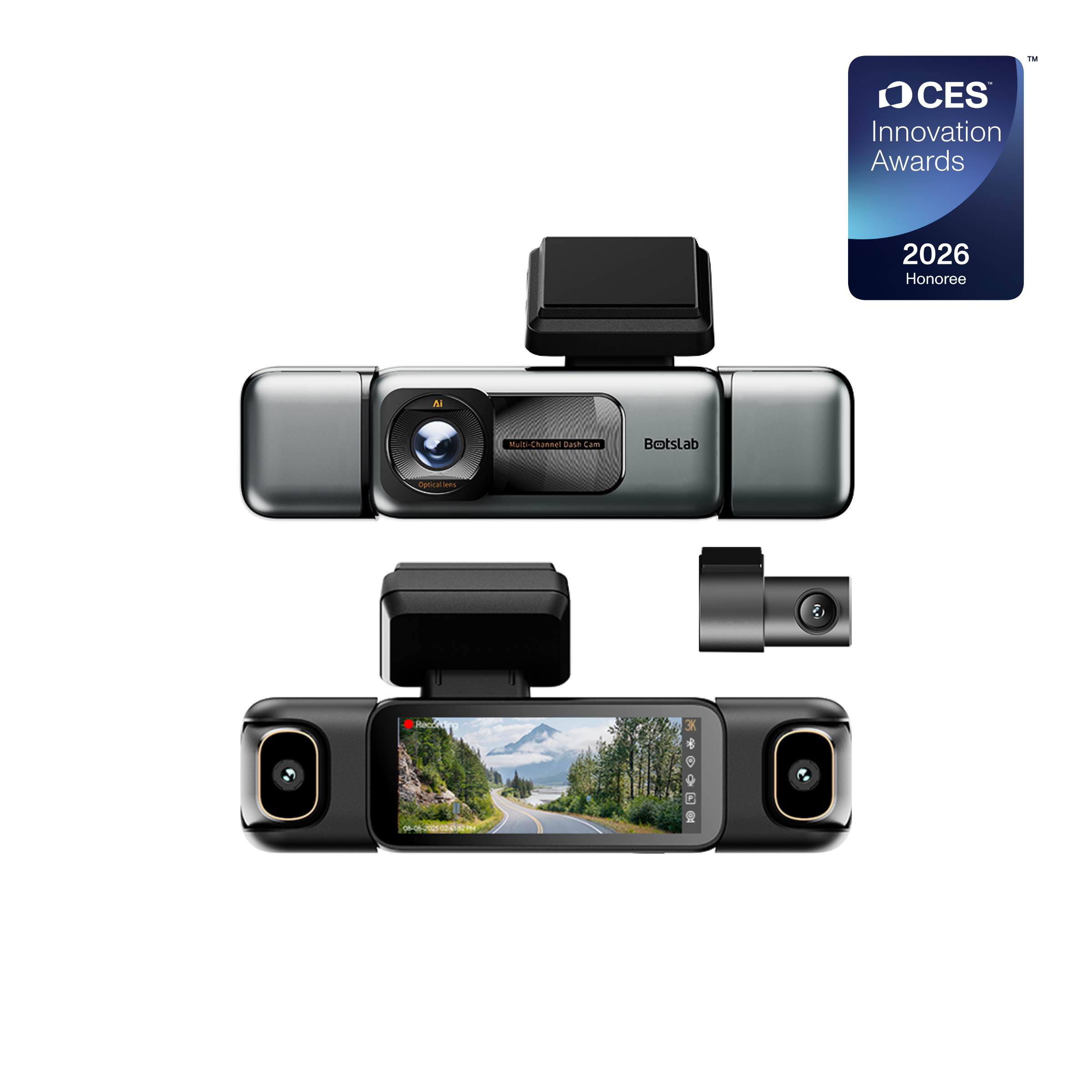
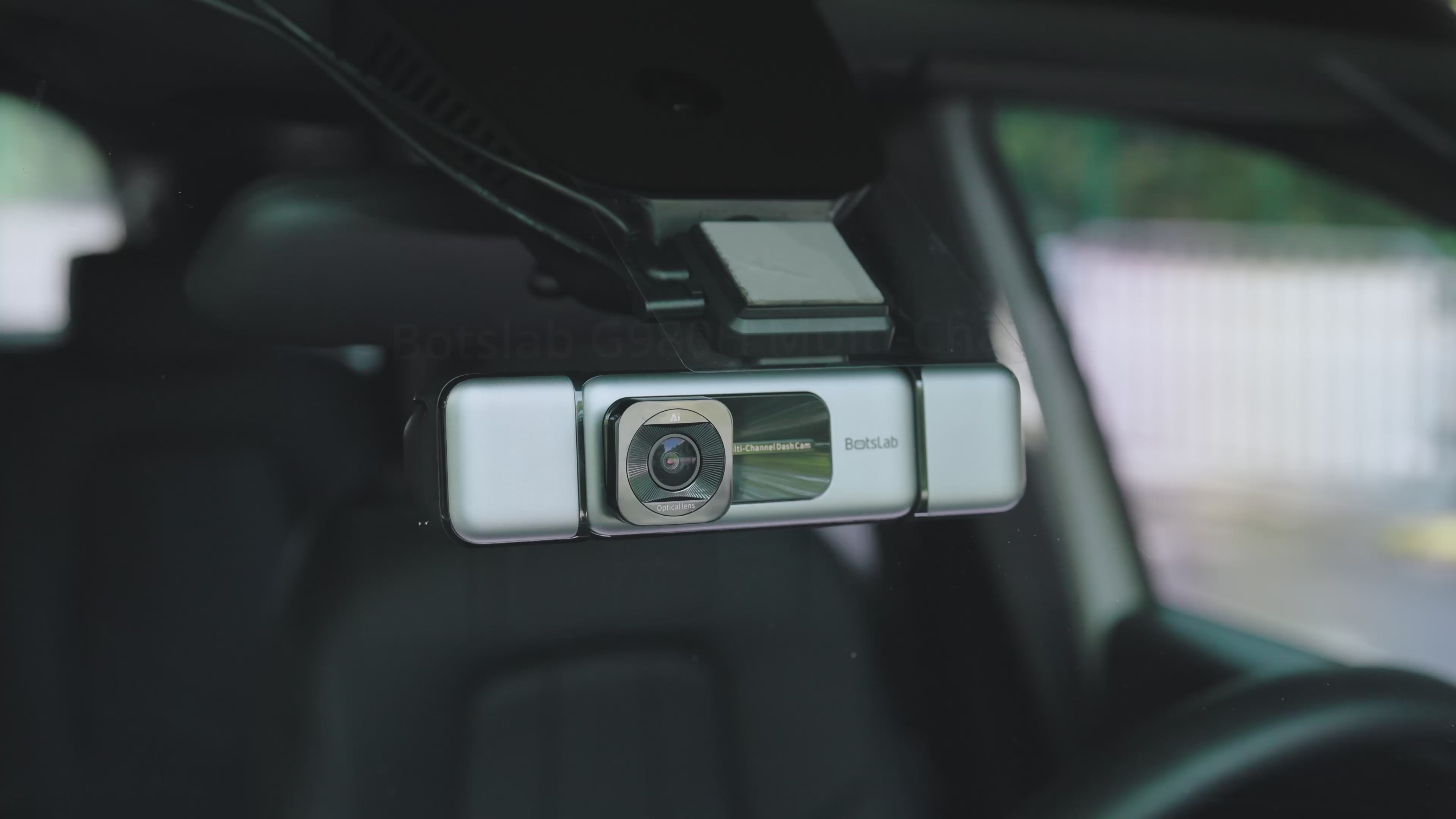
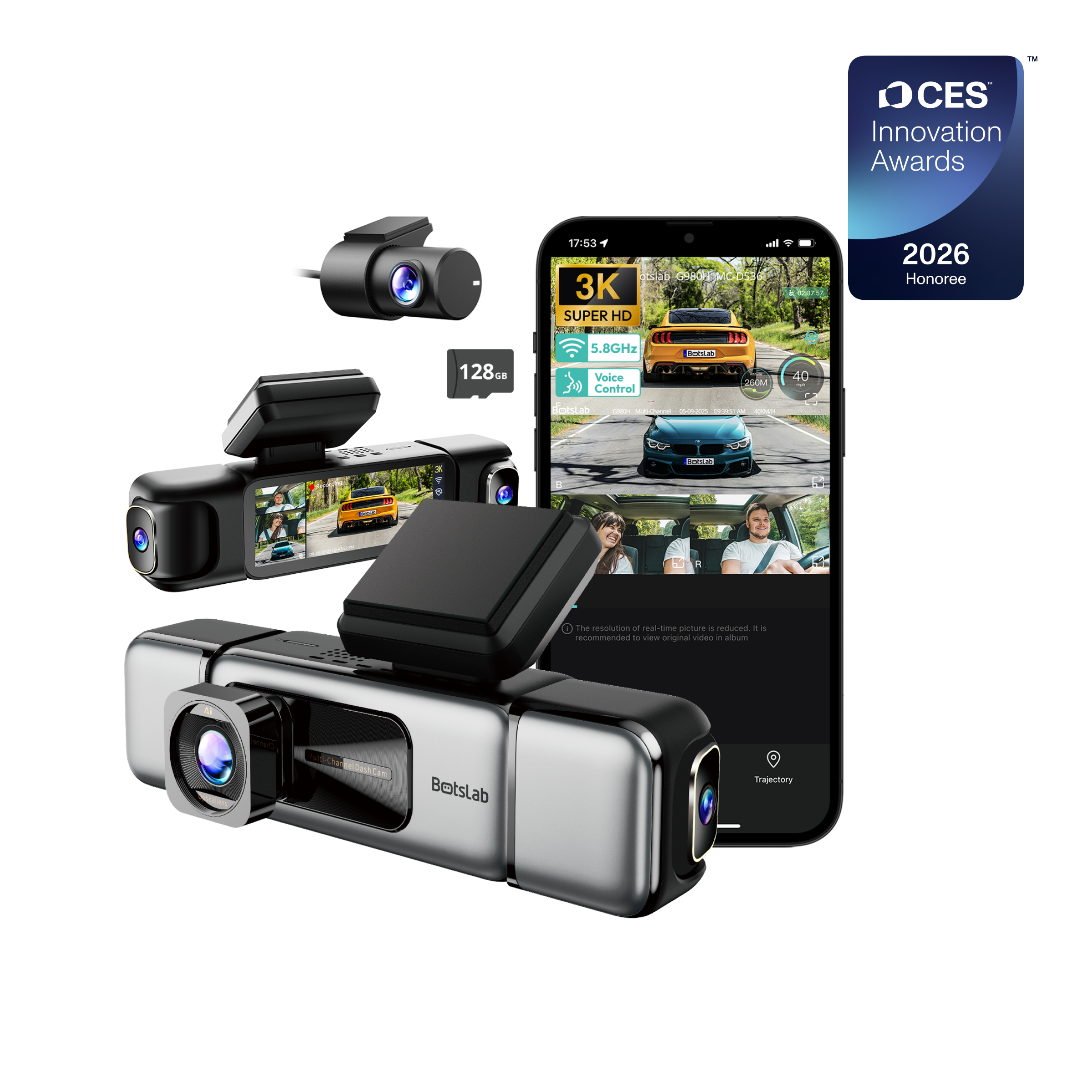
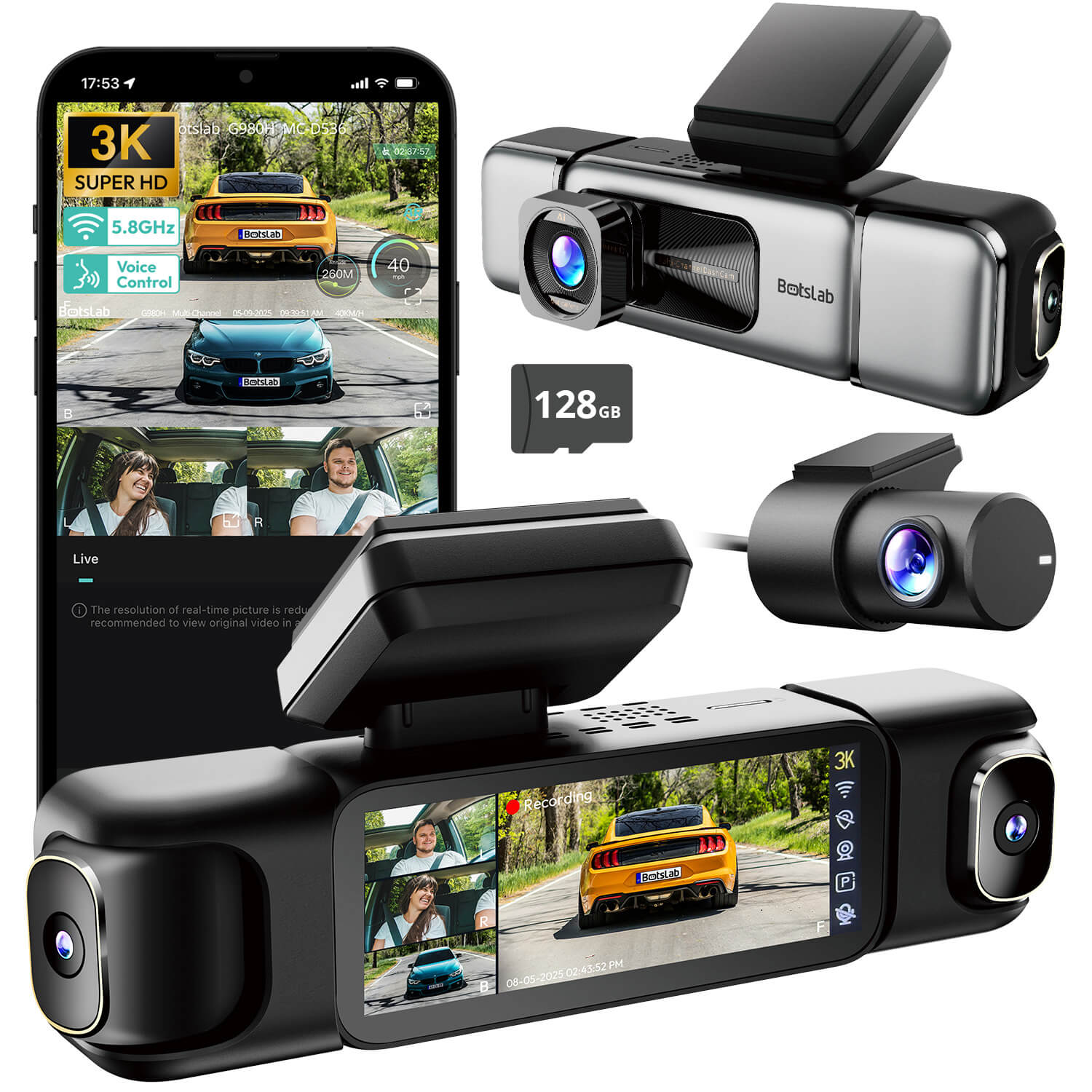
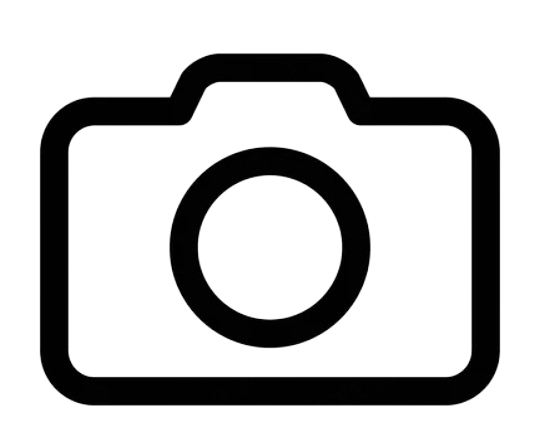

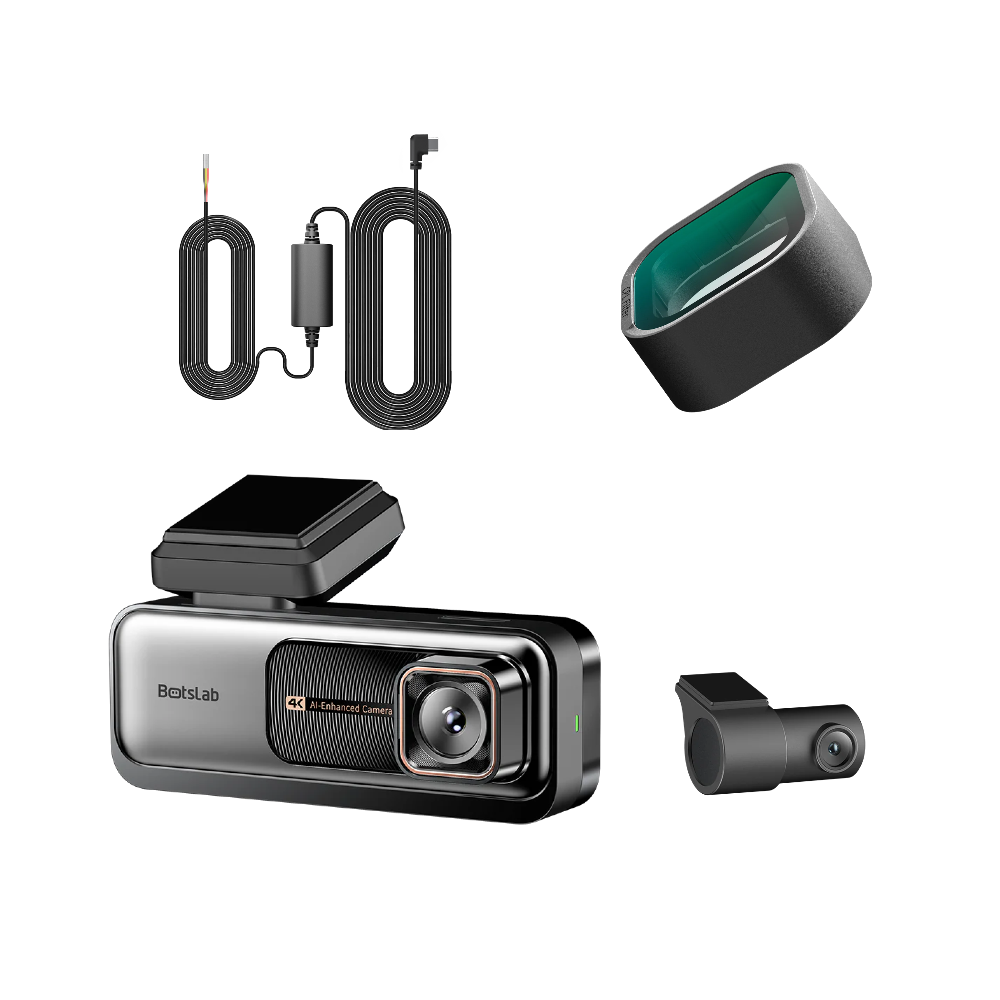
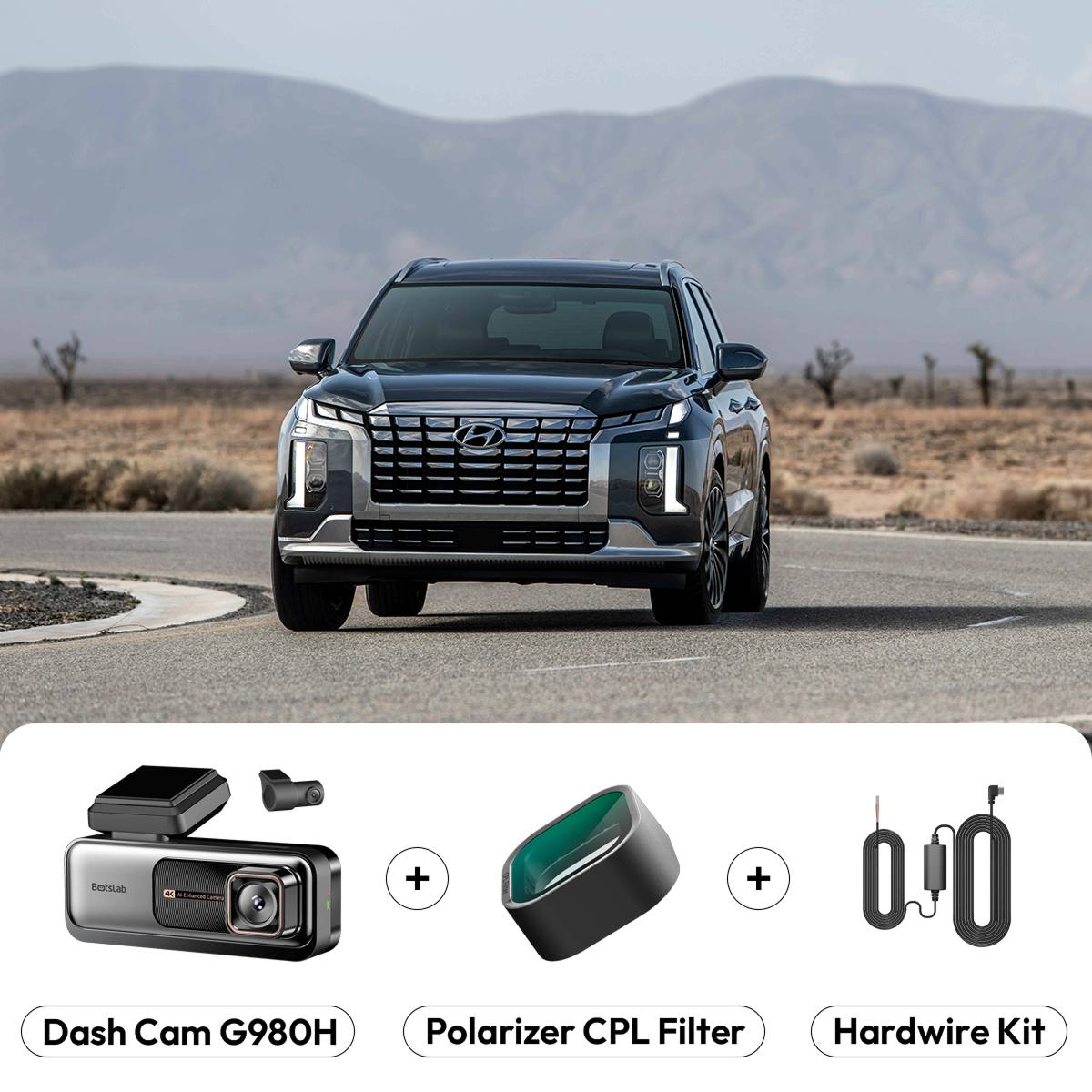


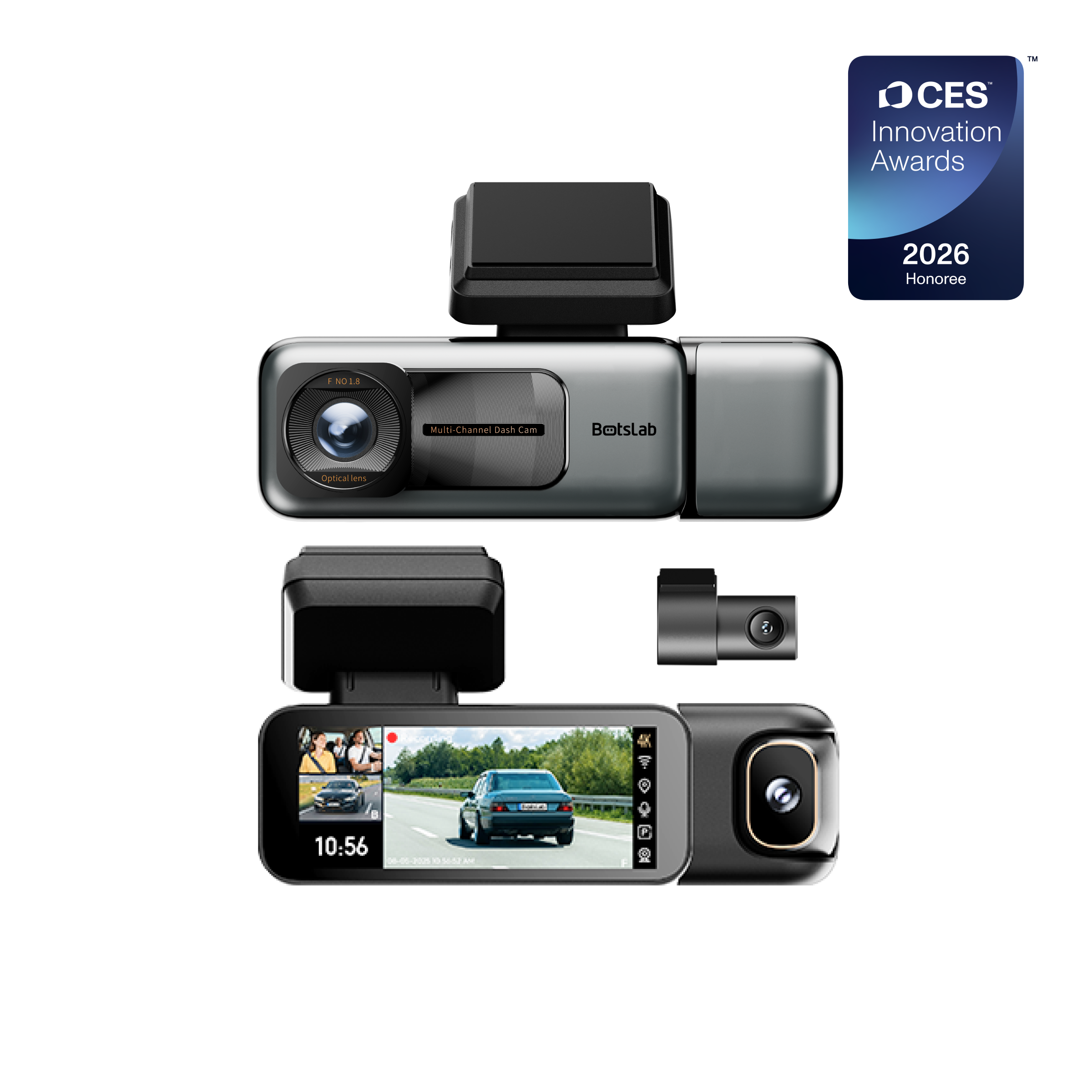
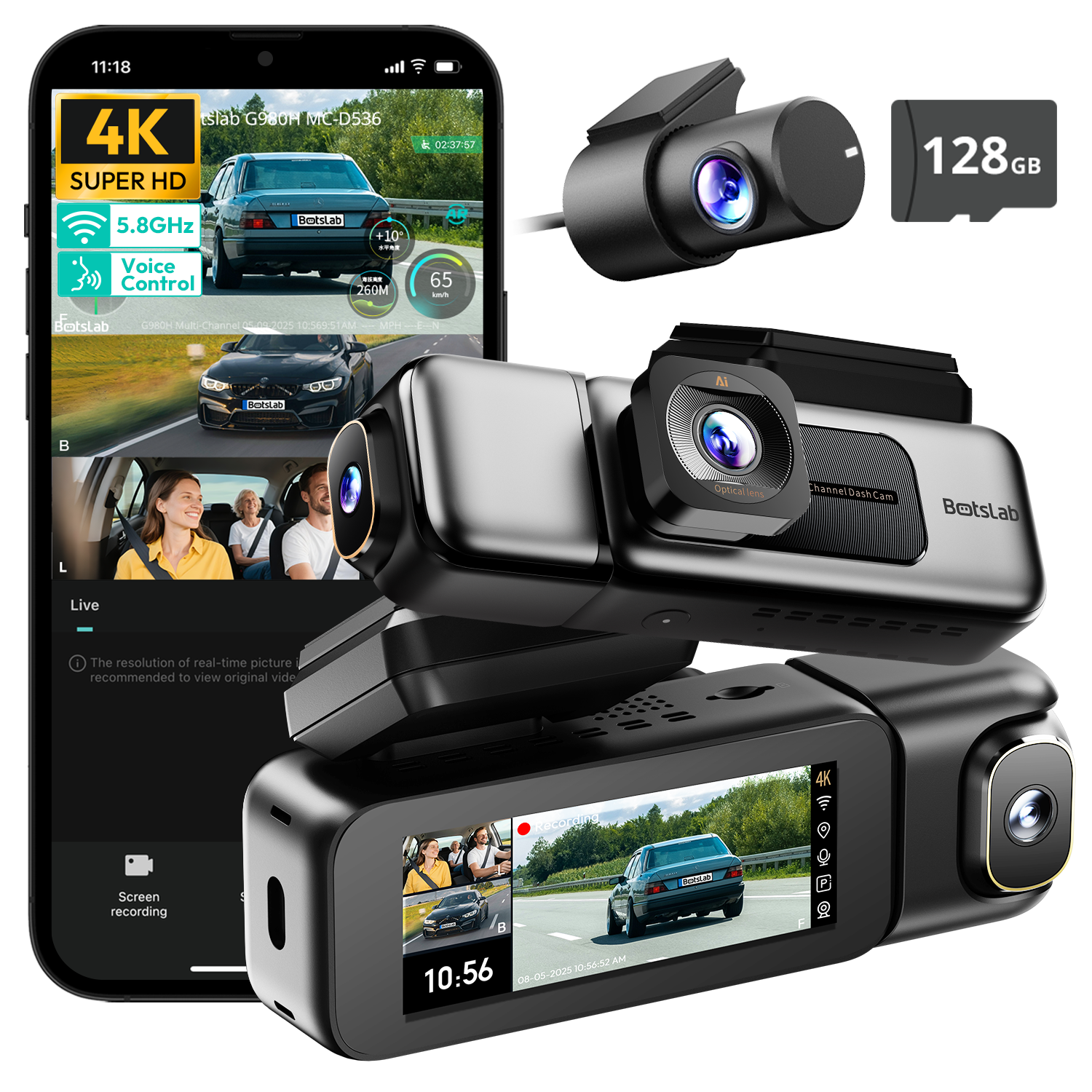
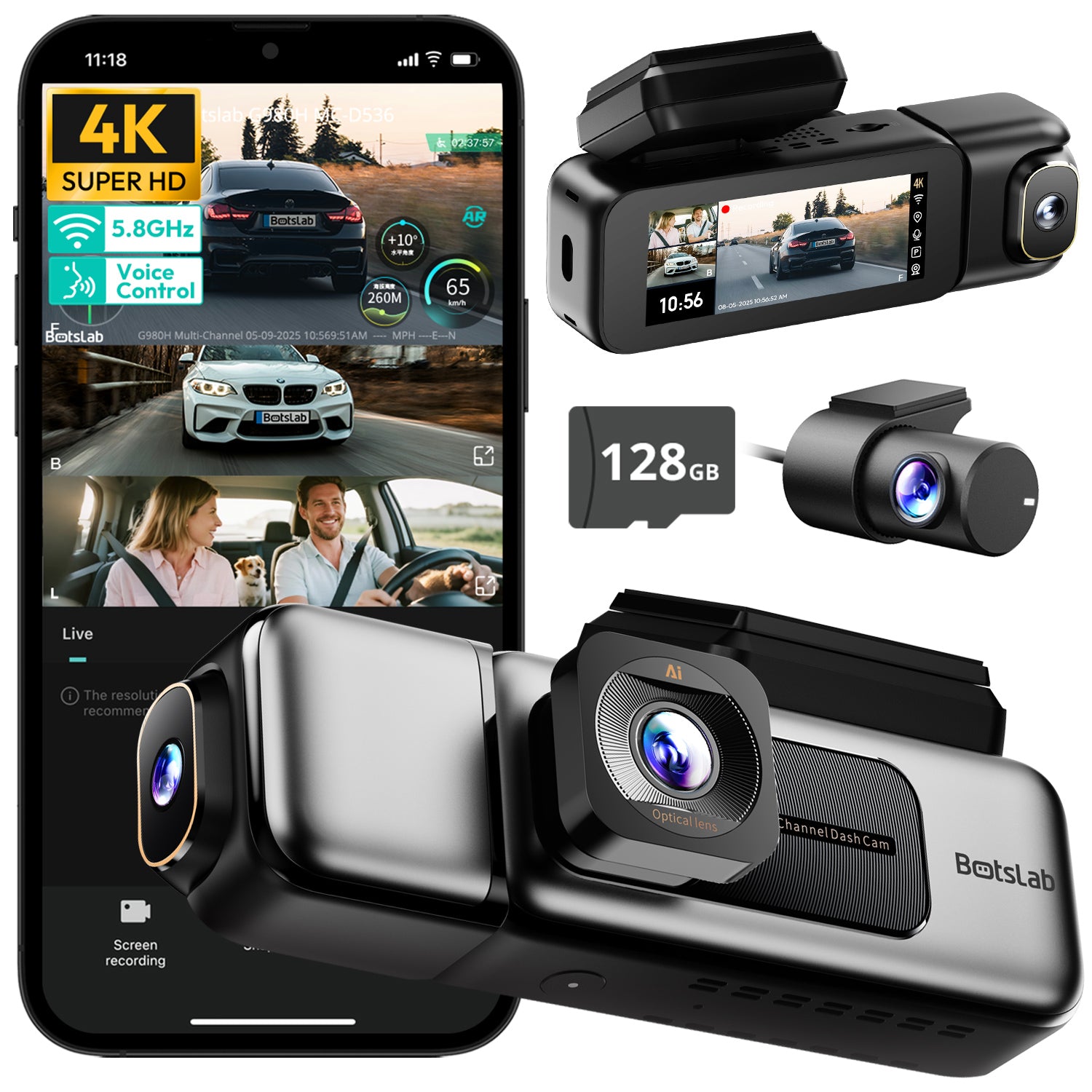
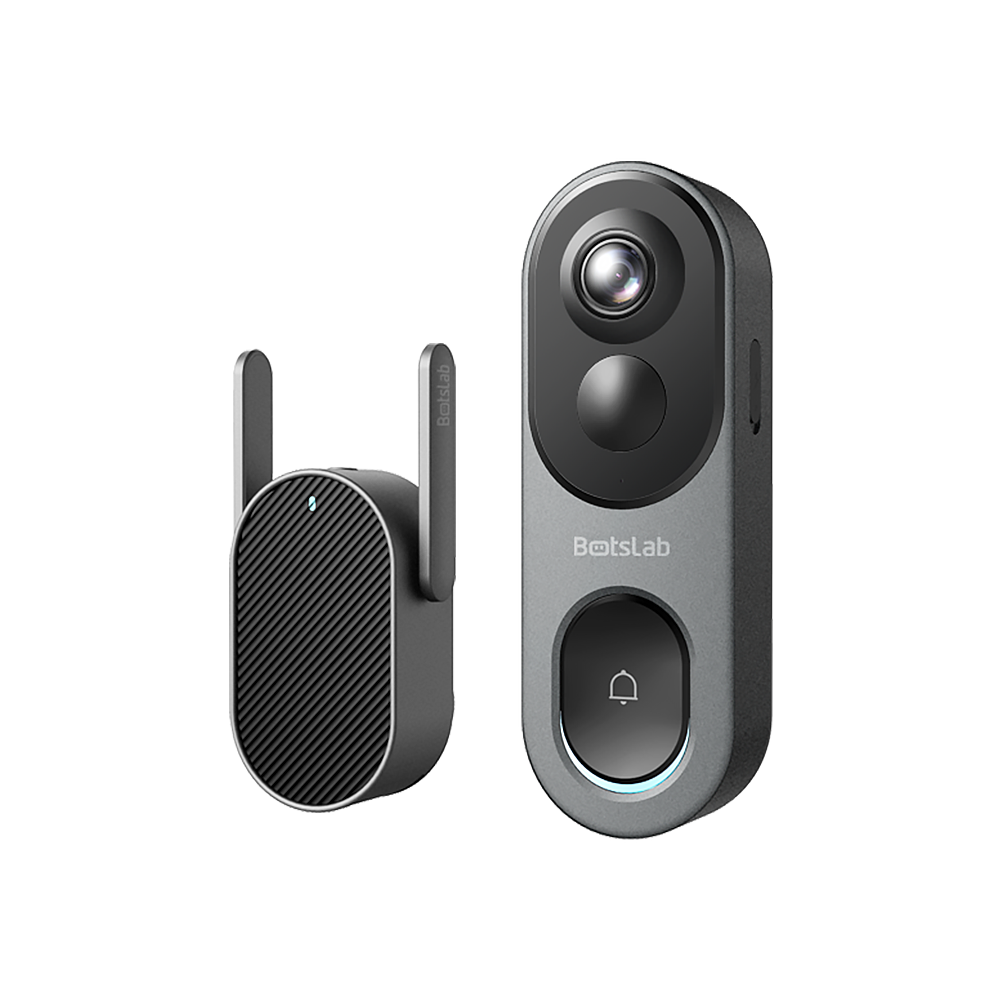
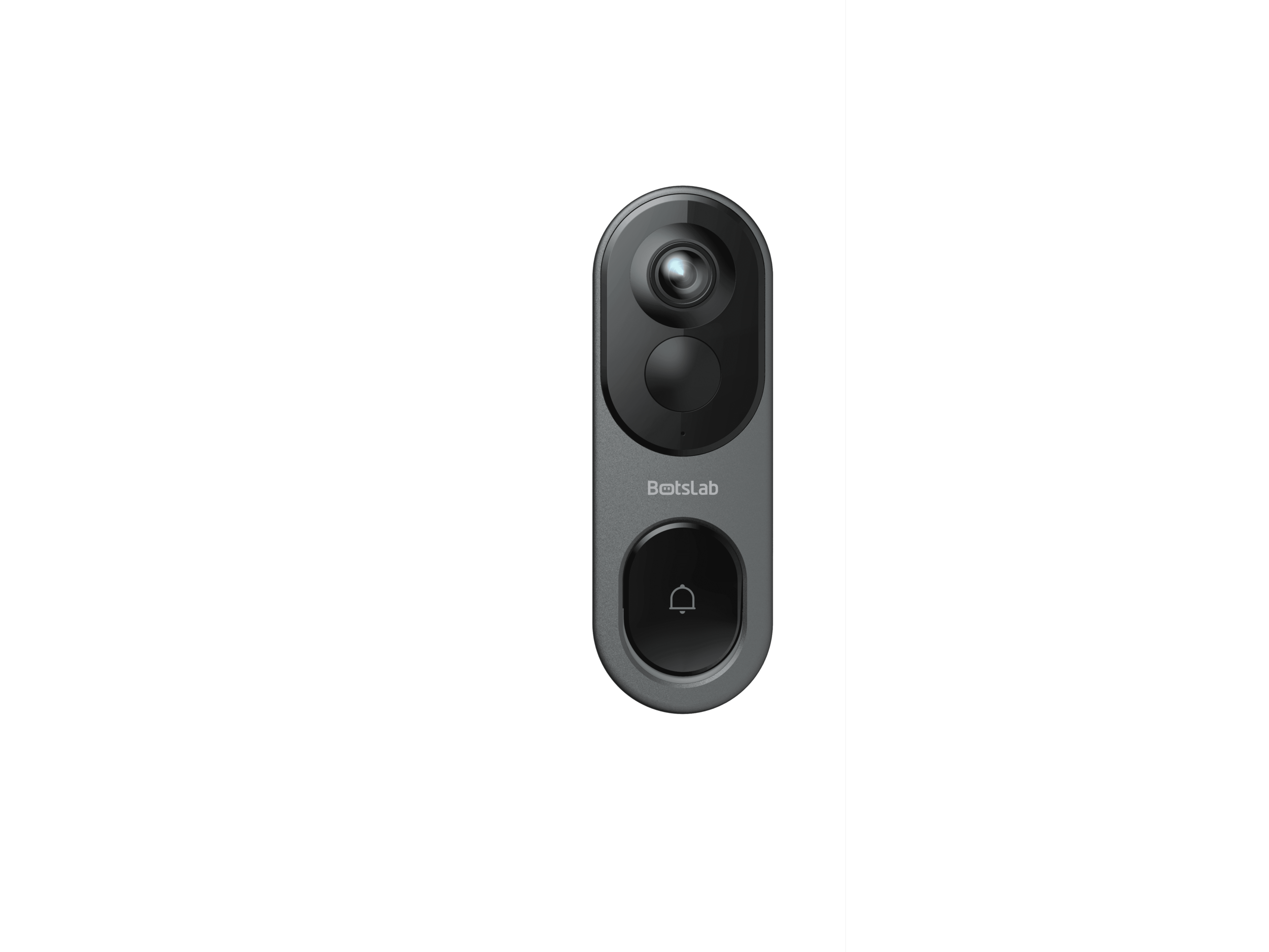
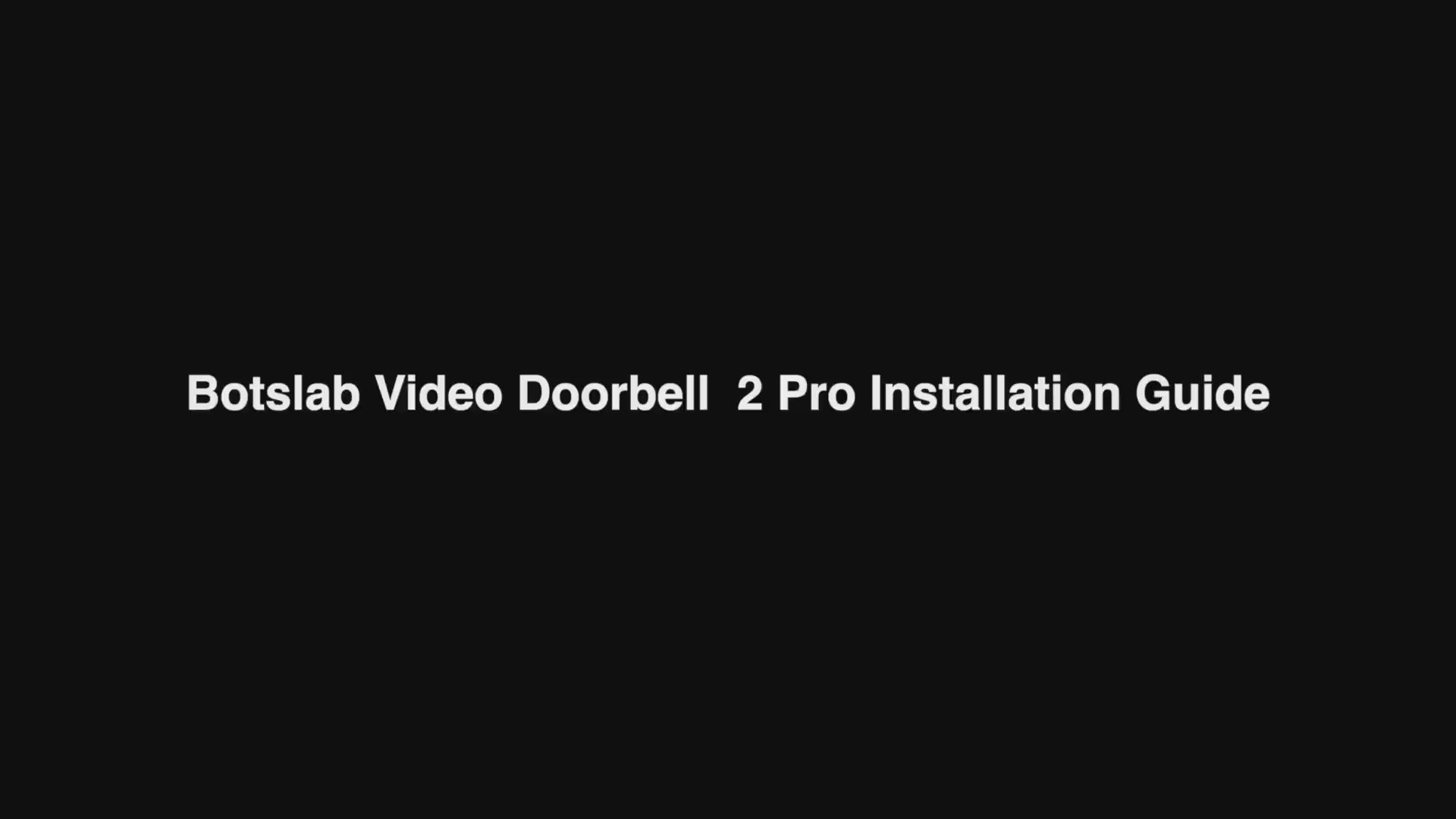
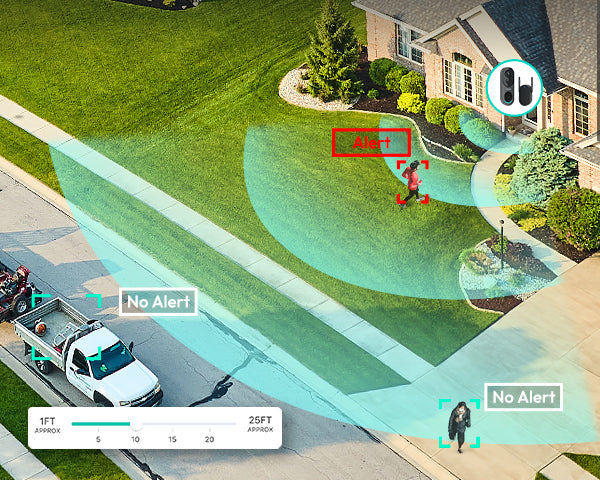
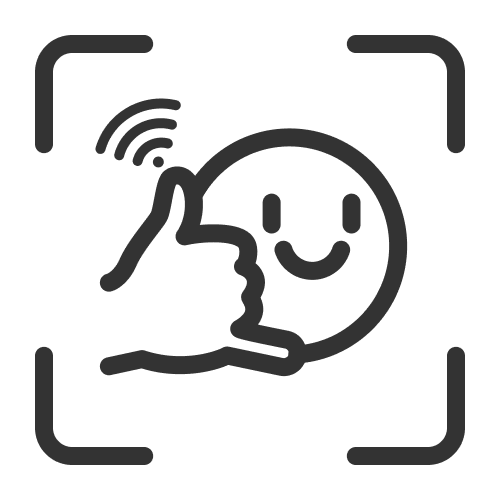

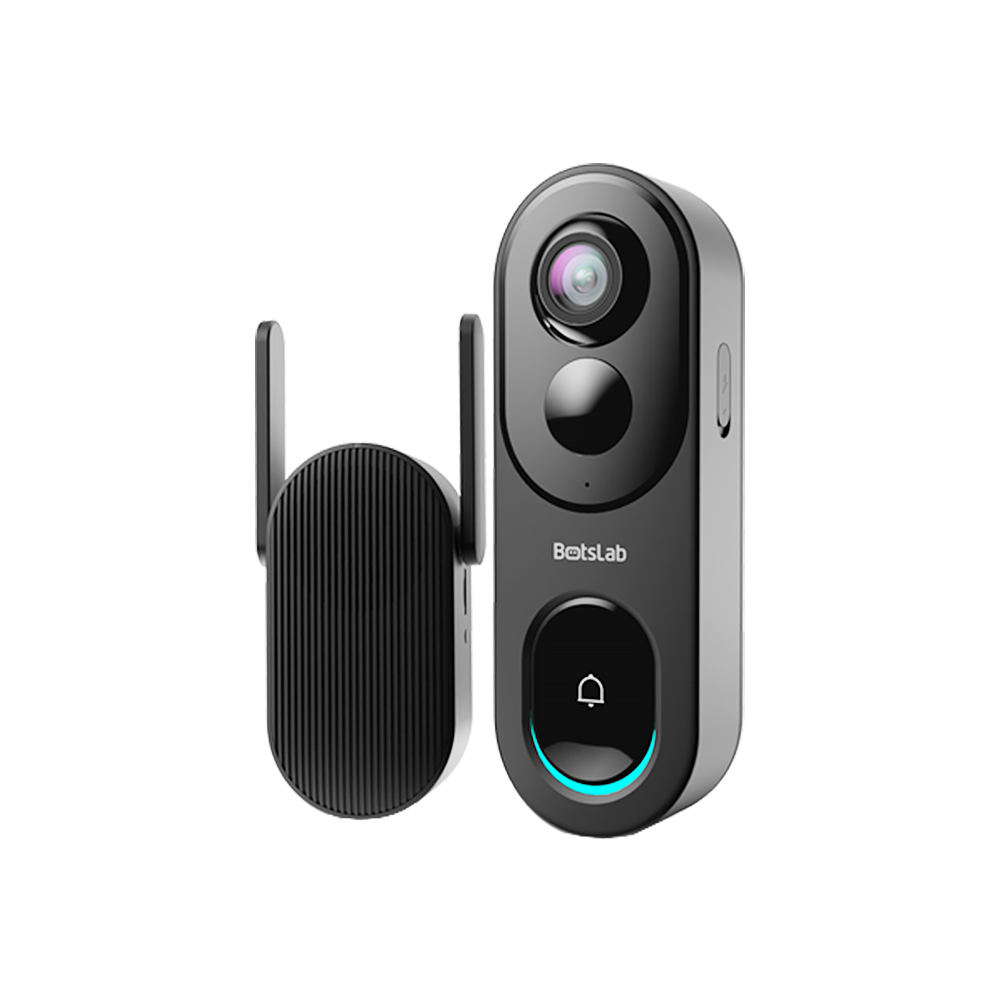
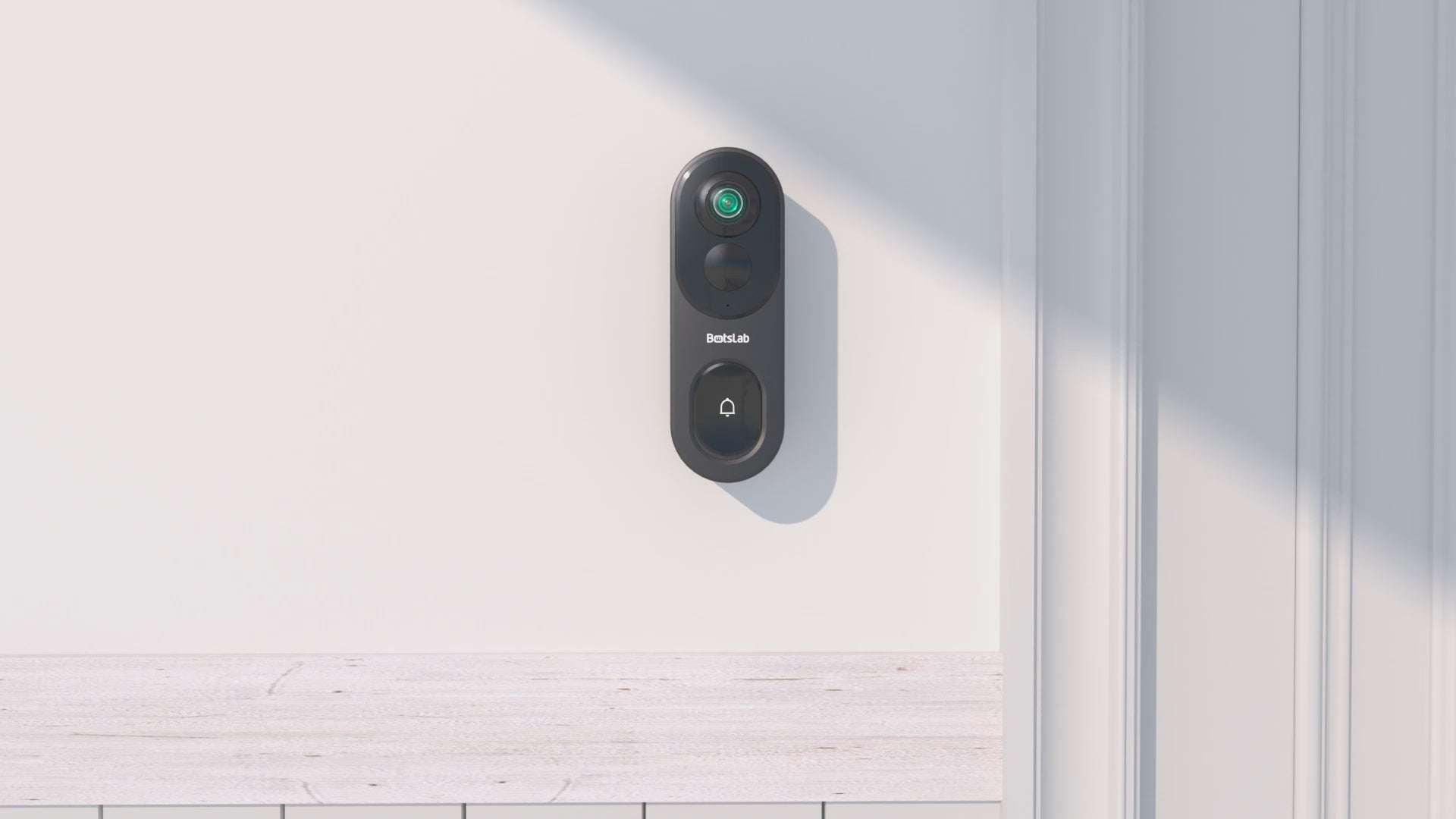
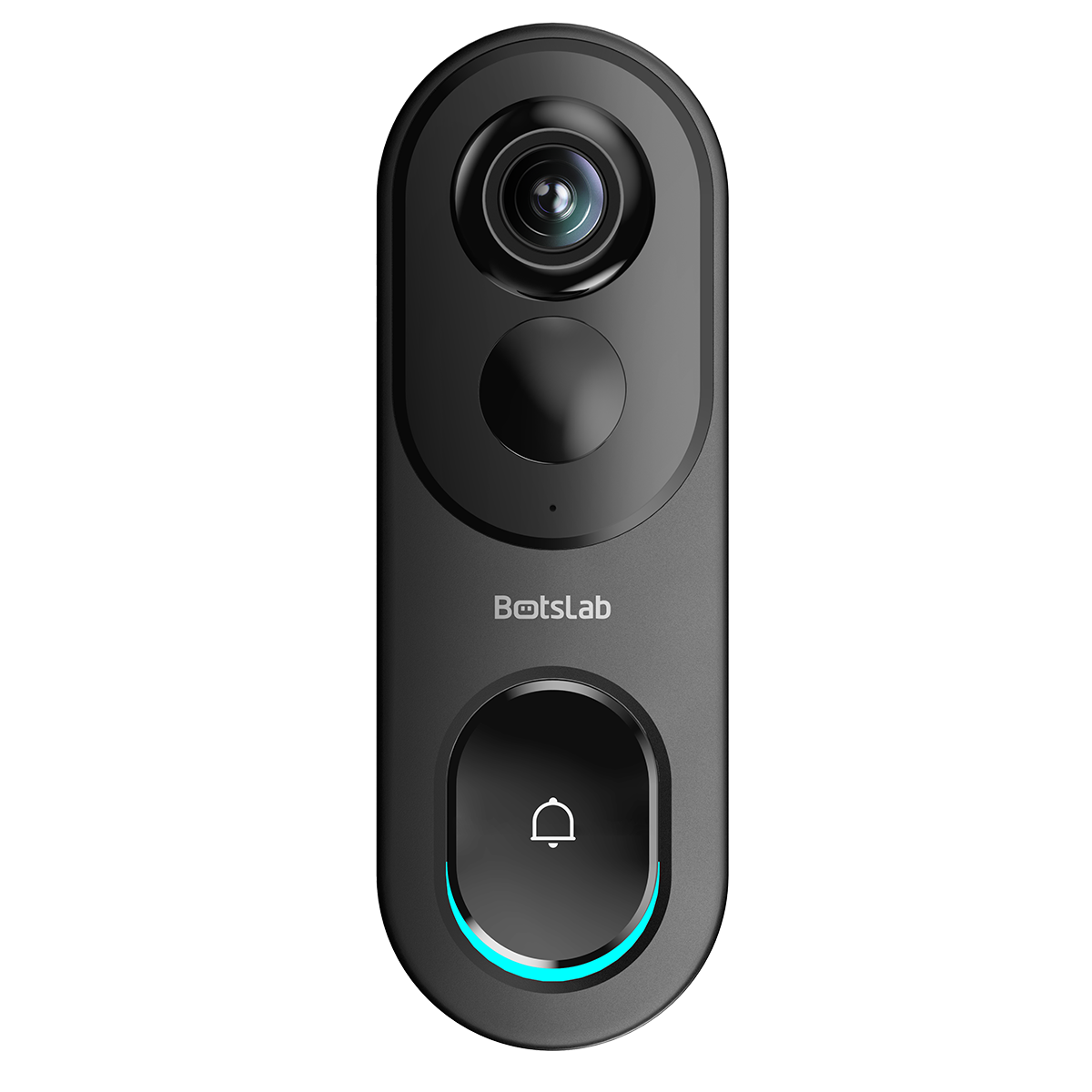

Share:
Digital voice recorder showdown which model wins
Top 10 Places to Buy Security Cameras Online and In Stores